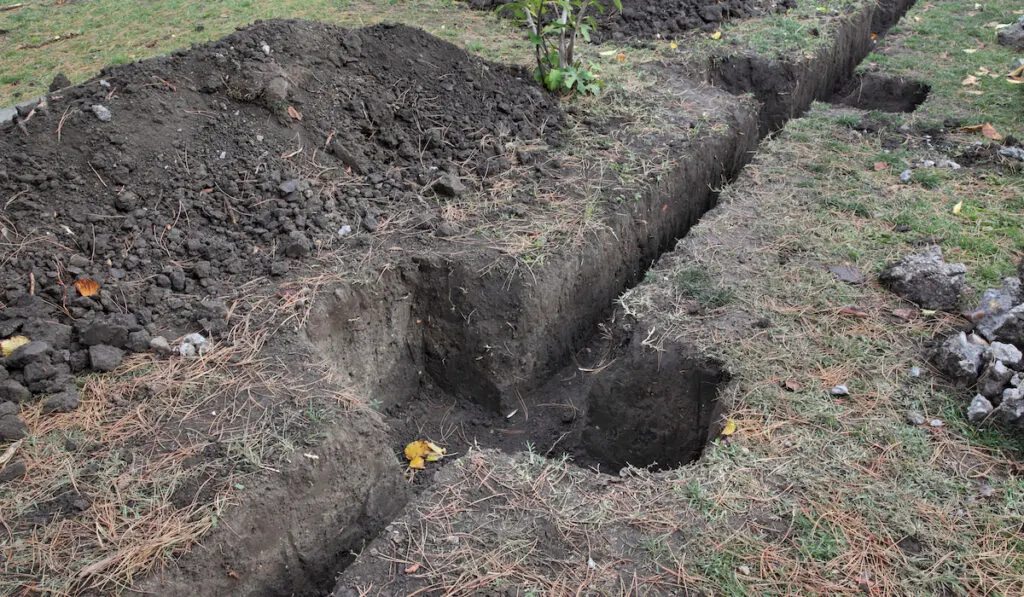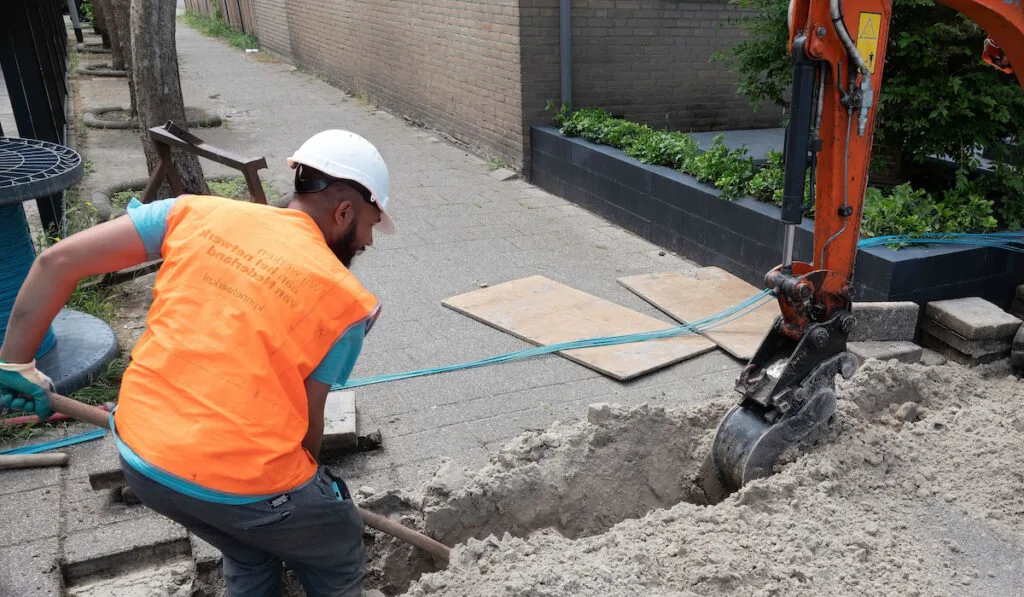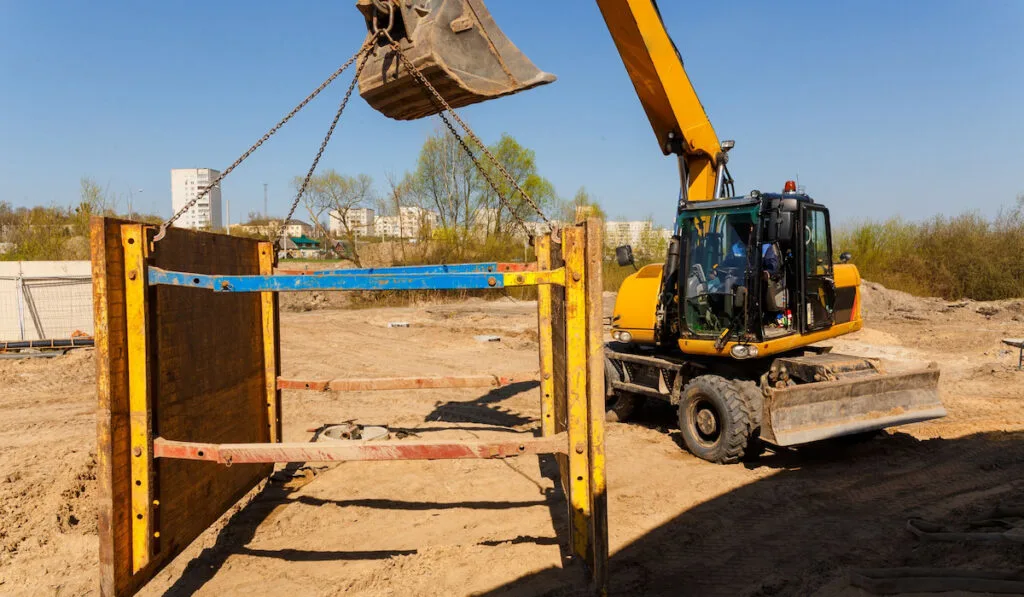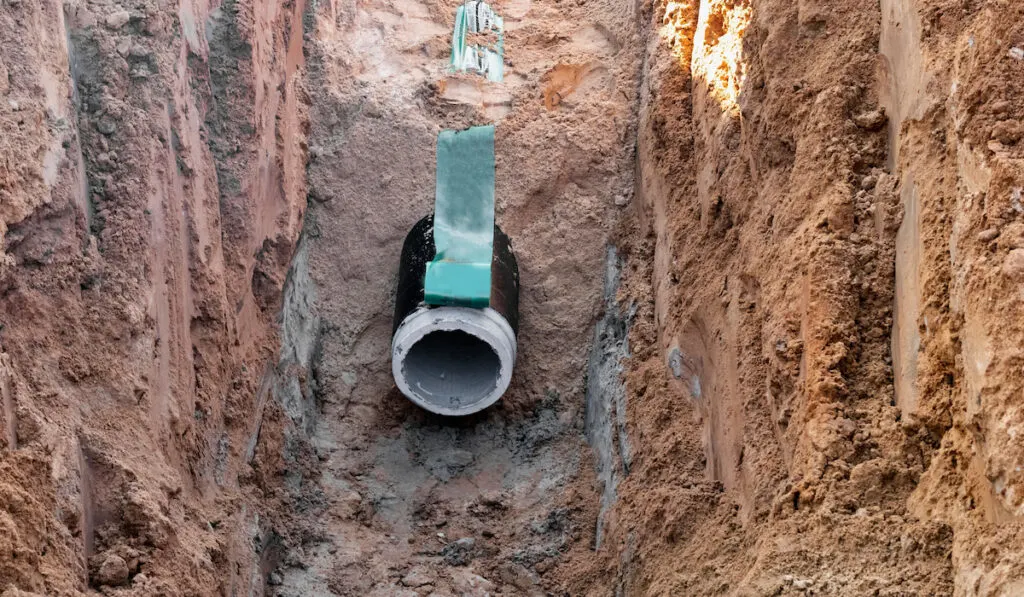Digging trenches is a common part of maintaining and upgrading your home. As such, it is normal to have to dig trenches for various reasons around your homestead.
Similarly, it is not uncommon to enlist various methodologies to dig the trenches. `
Whether you are digging garden trenches, drainage trenches or anything in between, these surefire trench-digging hacks will set you on the right track to work smartly and effectively.

Table of Contents
Create a Work Plan
Regardless of how long you have been digging trenches, planning your work ahead of time gives you a sense of direction. This makes you more efficient and helps you save a lot of time.
Another good thing about planning your work is that it ensures that you have all the tools you might need beforehand.
As a result, you can anticipate what to expect when digging your trenches and prepare for it in advance.

Contact Utility Location Services
Another hack to consider when digging trenches is contacting the utility services in your area.
Contacting utility services in your area will help you locate underground pipes, power lines, and other utilities to avoid injury and incidents that can be expensive and time-consuming to repair.
Planning your work gives you the definite area you will be digging in, so you can give the location services the exact location you need to work in.
Some states require anyone digging on a property to involve utility location services by law. Be sure to research the laws in your area so you can be compliant and less likely to be at fault in an accident or mishap.
Digline and Digsafe offer utility line location services to the general public for free. They are in most states and can be reached by dialing 811.

Determine Your Trench Dimensions
You should ideally have a rough estimate of your trench dimensions by the time you are requesting utility line location services.
This will reassure you that the entire area of the trench is safe for digging.
Also, having a clear idea of your trench’s depth, length and width beforehand ensures you achieve your desired results while saving you time.
Sandbags, string, and stakes are great options for outlining your trench path as far as depth, length, and width go. Here are a few pointers to keep in mind:
- Pipelines and electrical utilities should be at least 2 ½ to 4 feet deep to protect them from frost. The width depends on the pipes you are using but is almost always narrow.
- Sprinkler system trenches, on the other hand, should lie 9 to 12 inches deep and roughly 5 inches wide.
- Should you find yourself digging near existing pipes, be alert for any other pipes in the area. Your trench should be no less than 1.5 feet away from the existing pipes.

Invest in the Right Equipment
Needless to say, having the right equipment will make your work easier and increase your chances of achieving your desired outcome.
While enlisting the help of an excavator may sound tempting, it is rarely a practical option for most trench-digging expeditions.
For instance, being a large piece of machinery, there must be enough room to operate it in your homestead or backyard.
Similarly, excavators require trained operators who you will most likely have to hire. In such a case, it would be more prudent to engage the services of a respectable contractor.
That being said, with a little effort and the right tools, you are more than equipped to efficiently dig your own trench. Here are some handy trench-digging tools that you might need:
| Equipment | Use |
| Sharp-edge shovel /D-handle sharp shovel / trenching shovel. | To break through hard soil and other underground obstructions. |
| Mattock | Efficient for cutting through dirt and old root stamps. |
| Broad blade | Great for pulling back loose earth. |
| Hoe | Ideal for easily removing dirt and shaping the trench to your needs. |
| Pulaski or pruning shears | It also helps with the quick removal of obstructions like roots. |
| Gloves | Protect your hands from splinters and blisters. |
| Work boots | It should be comfortable while protecting your feet and offering traction. |
| Goggles | These will help keep dirt and debris from entering your eyes. |
| Helmet | To protect your head from injury especially when you are digging a trench with machines like excavators. |
| Reflector jackets | To ensure you stay visible throughout the trench-digging exercise. |

Prioritize Safety
Along with investing in the safety gear stated above, it is important to follow through with all safety precautions when digging trenches.
For instance, trenches that are more than 3 feet deep and have shallow walls should always be supported by side walls made of panels or even timber posts before being dug any further to avoid collapsing.
Consequently, you can increase the integrity of your trench by sloping the walls as opposed to making them vertical, or by benching, which means digging in tiers.
Similarly, excavators should be far from the trench edge at all times to prevent it from causing the soil to collapse. Luckily, the machinery has an extensive reach so this should not be a problem.
Also, watch your surroundings at all times for unexpected activities and only move the machinery or its arm when the area is clear.
Lastly, be vigilant when you encounter obstacles when digging trenches.
It is sometimes hard to tell how your machinery will react to sudden obstacles like roots and rocks, and it is, therefore, safer to remove these with other equipment like shovels or mattocks first.
Consider Wetting the Soil
As you will see, moist soil is more workable than dry and hard soil.
As a result, consider watering the soil you intend to dig at least a day prior. This will in turn save you effort and time.

Don’t Forget the Underlying Material
This is especially important when you are digging a drainage trench.
Under-layering your drainage trench with landscaping fabric and gravel prevents grasses and roots from clogging the drainage pipe and thereby preventing the formation of lawn bubbles.
Though not necessarily unique to drainage trenches only, it is always a good practice to cover your installed pipe system with at least 3 inches of gravel for extra protection.
Landscaping fabric will help hold the gravel in place.

Use a Tarp to Hold your Excavated Soil
Dumping your loose soil on a tarp will ensure that you do not scrape and damage your lawn when covering up your trench.
Keep in mind that tarps can easily tear under too much force and that large cardboard or plywood would be great alternatives.
Final Thoughts
There you have it. Foolproof tips for digging trenches for your home upgrade and maintenance.
With these tips up your sleeves, you are more than equipped to undertake your trench-digging needs for your home upgrade and maintenance.
That said, safety is paramount. Therefore, do not be afraid of contracting professionals to help if you are not up to the task.
